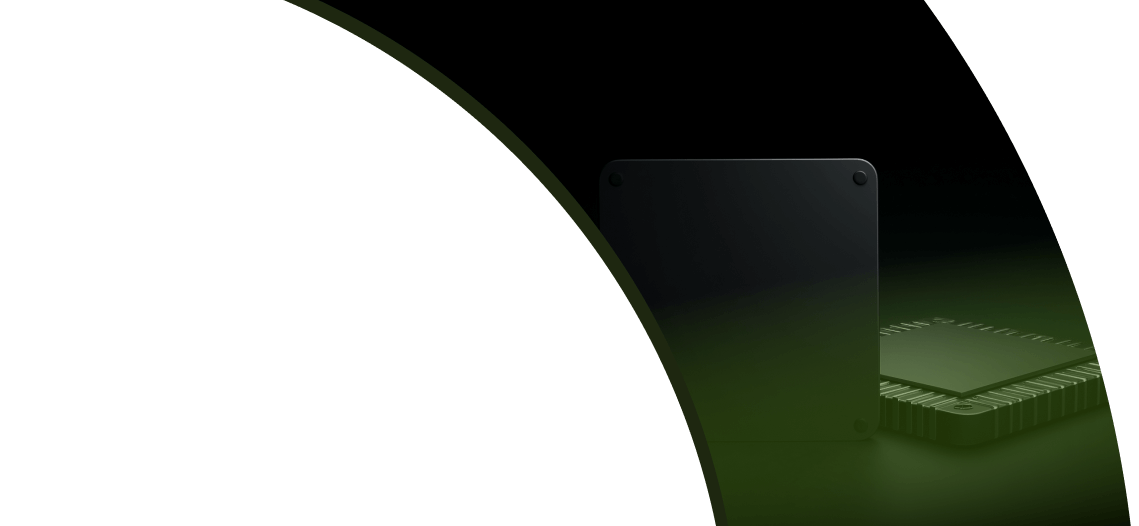We’ve only scratched the surface to the full potential of IoT.

Nick Dutton – Senior Director Product Marketing, Atmosic
By example, Bluetooth has broadened its tracks through its direction-finding technologies, Angle-of-Arrival (AoA), and Angle-of-Departure (AoD). AoA and AoD promise to unleash new opportunities in retail stores, factories, warehouses, hospitals, and many other commercial and industrial environments.
So what exactly are these technologies and why are they important?
It’s All About Location
When most people think about positioning technology GPS tends to be the first thing that comes to mind. GPS has undoubtedly become one of the greatest technologies enabling new services for the IoT. It is great when you’re driving around or walking outside, but indoors GPS does not provide very accurate service since GPS signals struggle to travel through the walls of buildings or underground environments. Since Bluetooth already has extremely widespread adoption in IoT products and recently introduced AoA capabilities, Bluetooth AoA has become one of the most popular technologies for indoor positioning.
Bluetooth AoA can calculate the direction and location of an object (the tag) through infrastructure devices, which are often referred to as the locator or receiver. The tag effectively operates as a beacon, transmitting a signal to the locator. The locator, which has several antennas, looks at the time taken for that signal to hit each of the locator’s antennas and can then use that information in an algorithm to calculate both the elevation and azimuth. This in turn provides an estimate for the angle of arrival. Multiple locators can be used to triangulate and then provide a reasonably accurate location of the tag.
This precise method of calculating location makes Bluetooth AoA systems more accurate than most other positioning technologies. AoA systems can typically calculate the location of a tag to within one meter, whereas other technologies – including even the older Bluetooth implementations such as Received Signal Strength Indicator (RSSI) systems – typically only identify a location to within an accuracy of about 10 meters.
Furthermore, in addition to the high accuracy of Bluetooth AoA systems, another major benefit is that they are very power-efficient – something that is particularly important for deployments that reach hundreds of thousands of trackable assets, when you consider the logistical or cost implications of a fleet of tags in a company where all the batteries started to expire in a similar time frame or just before the product was shipped out to a customer. That’s why Bluetooth makes for a good low-power solution that not only is easy to implement in devices like tags but is also easy to maintain.
Asset tracking is one of the most common use cases for Bluetooth AoA technology. Asset tracking is helpful for monitoring inventory in warehouses and factories, seeing where packages are during shipment, and keeping tabs on expensive and highly mobile hospital assets. Asset tracking is even helpful for monitoring the location of remote field equipment. While we usually see Bluetooth AoA used for indoor environments, it can also be used to supplement GPS in outdoor environments where signals may be weak, or power budgets are a concern.
Exploring AoD for the IoT
AoD is also becoming increasingly popular. In this case, the signals are transmitted from the infrastructure device and then the edge device calculates its position. AoD applications often use smartphones to take advantage of the CPU power and daily charges.
Commercial and point-of-interest wayfinding are some key use cases for Bluetooth AoD technology. Consider a shopper, they find a store in a mall by following the directions on their smartphone. The technology can also be used to complement Electronic Shelf Labels (ESL) and customer loyalty programs; for example, providing the customer with timely promotions, such as discount coupons for items that are available in their current aisle and that fit their buying profile. This same approach can also be used in large, crowded venues such as stadiums. The AoD approach can help fans navigate to their seats or to find their favorite food stands and any other amenities the venue offers.
Leveraging AoA and AoD
Bluetooth AoA applications are often considered best for commercial, enterprise, and industrial applications where there is some form of direct relationship between the tag and the facility. Bluetooth AoD applications are great for applications without that direct relationship; since most people carry a smartphone with them, companies can then leverage AoD to build a marketing relationship with those users.
In the coming years, AoA and AoD will continue to drive forward new opportunities for companies to streamline operations and improve customer experiences to further unleash the potential of the IoT.
AoA/AoD Image courtesy Bluetooth SiG
